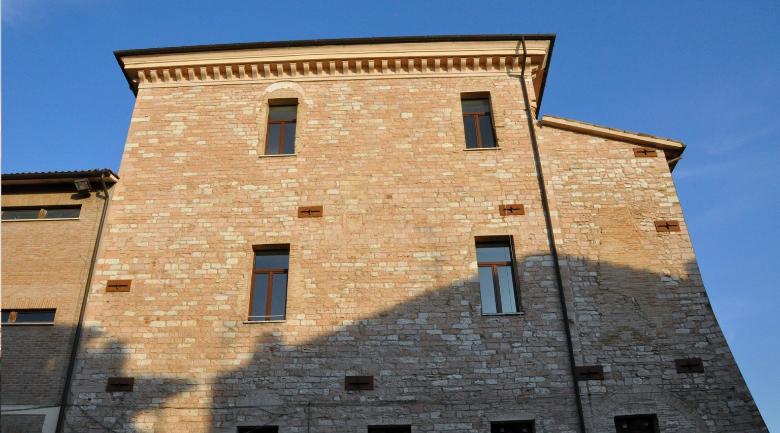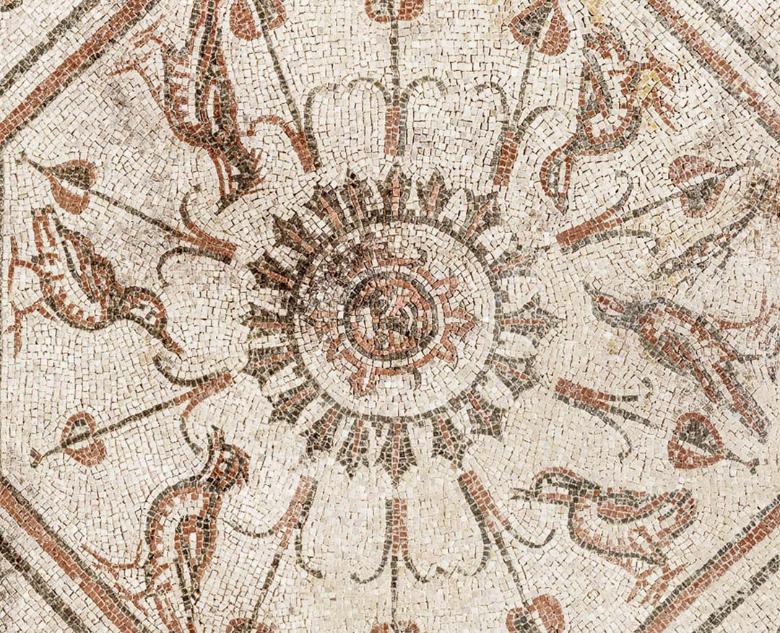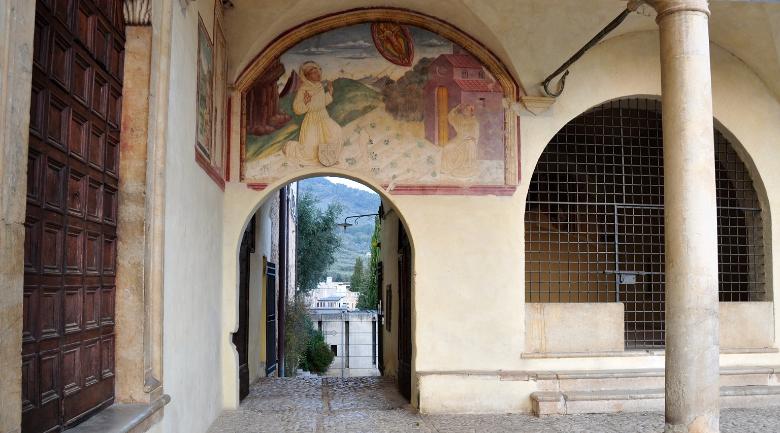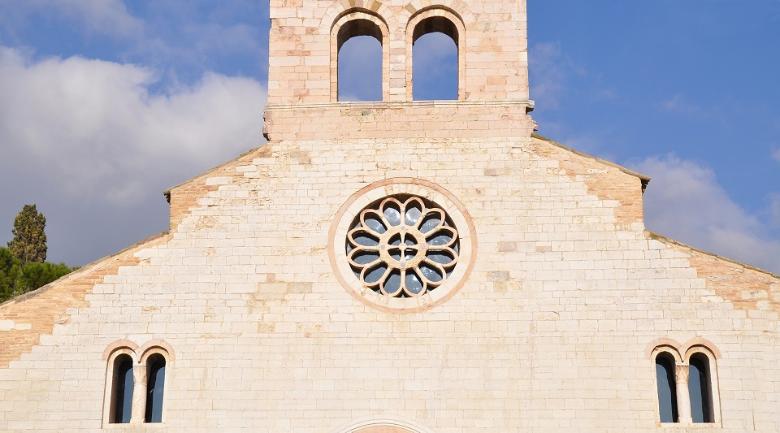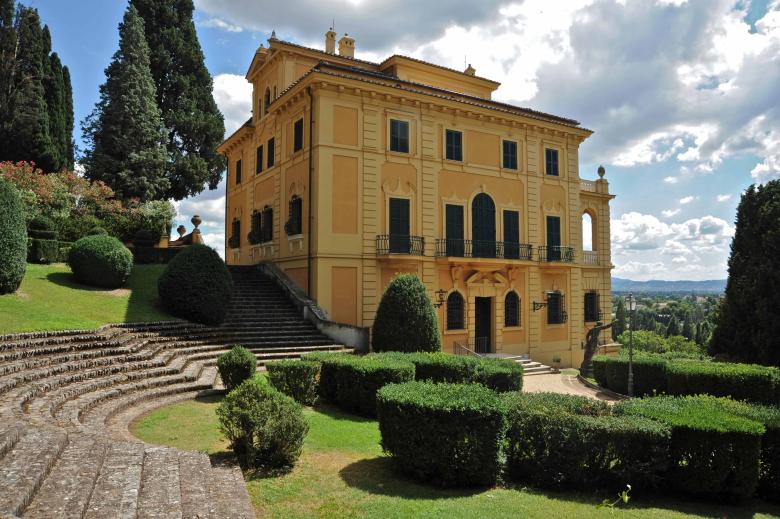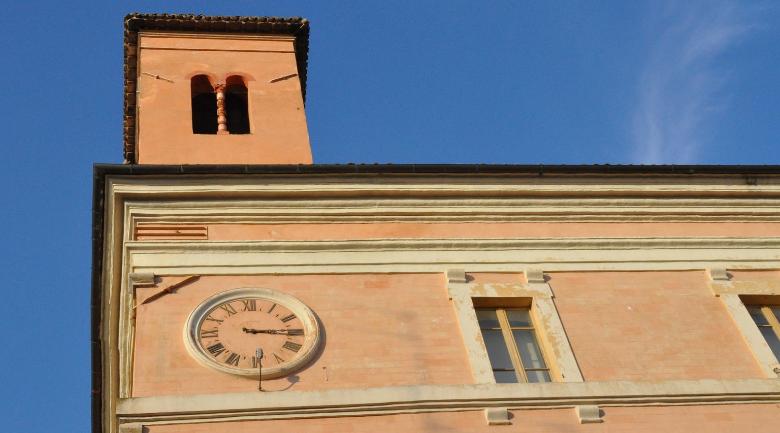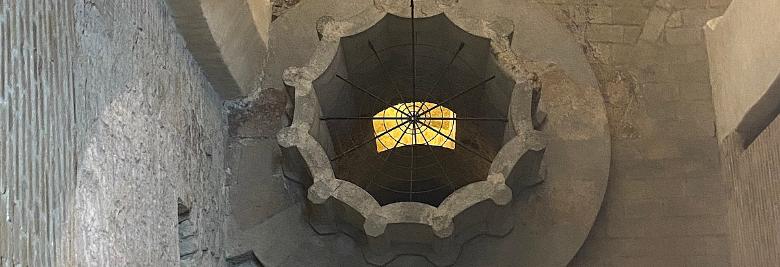Chiesa di Santa Maria Maggiore - Spello
Fondata nell’XI-XII, la chiesa di Santa Maria Maggiore (detta anche Collegiata), presenta una facciata risalente al 1644 realizzata in occasione dell’ampliamento dell’edificio. Da notare l’architrave, gli stipiti con bel fregio e girali d’acanto del portale, opera di lapicidi attivi tra i secc. XII-XIII tra Foligno e Bevagna e in parte attribuibili a maestranze spoletine.
La chiesa è divisa in due parti: a destra è posto il palazzo priorale che oggi è abitato dal parroco e a sinistra il Palazzo dei Canonici (del 1522) oggi sede della Pinacoteca Civica di Spello. La chiesa è a croce latina e presenta una navata con copertura a crociera. Nella seconda metà del XVII è stata corredata di ben sette altari e di una ricca decorazione a stucco. Sugli altari, numerose opere ascrivibili al sec. XVII.










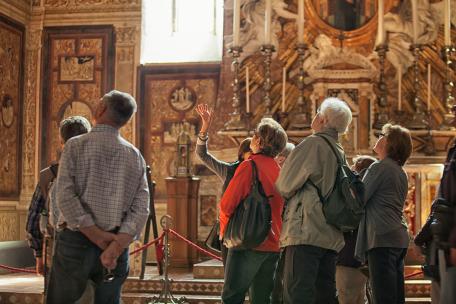

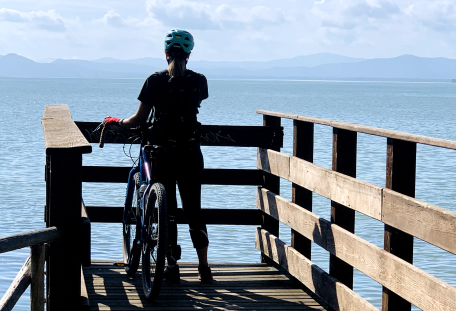




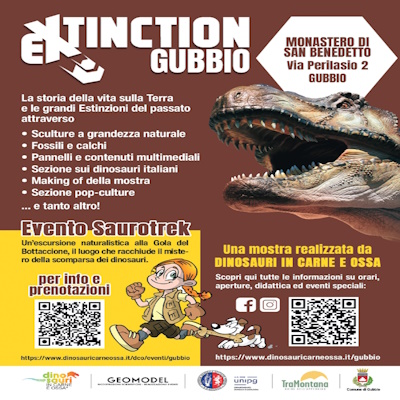
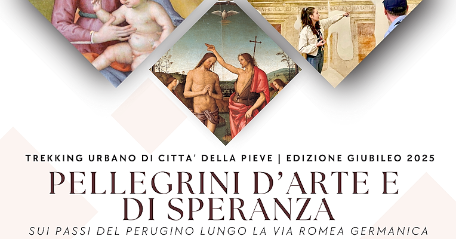
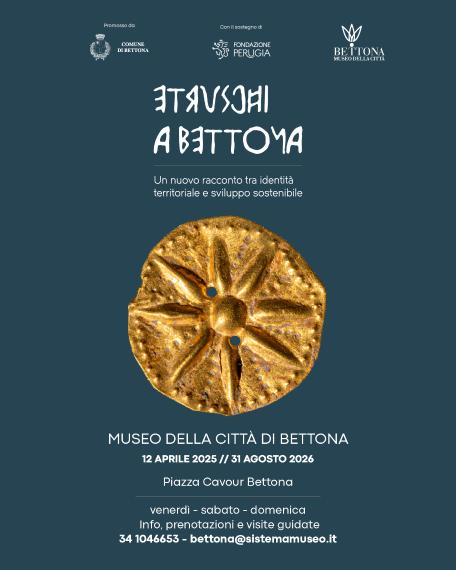
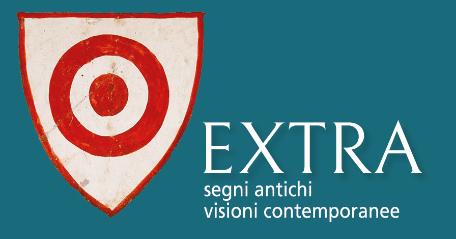
.jpg/ccb33cc7-ccc5-8b2b-1ed4-deda6003f4f3?width=456)
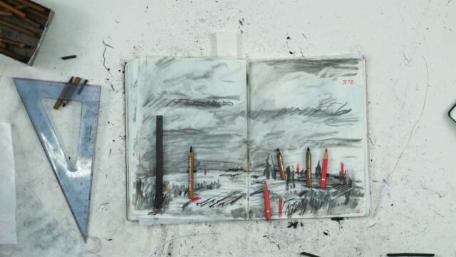

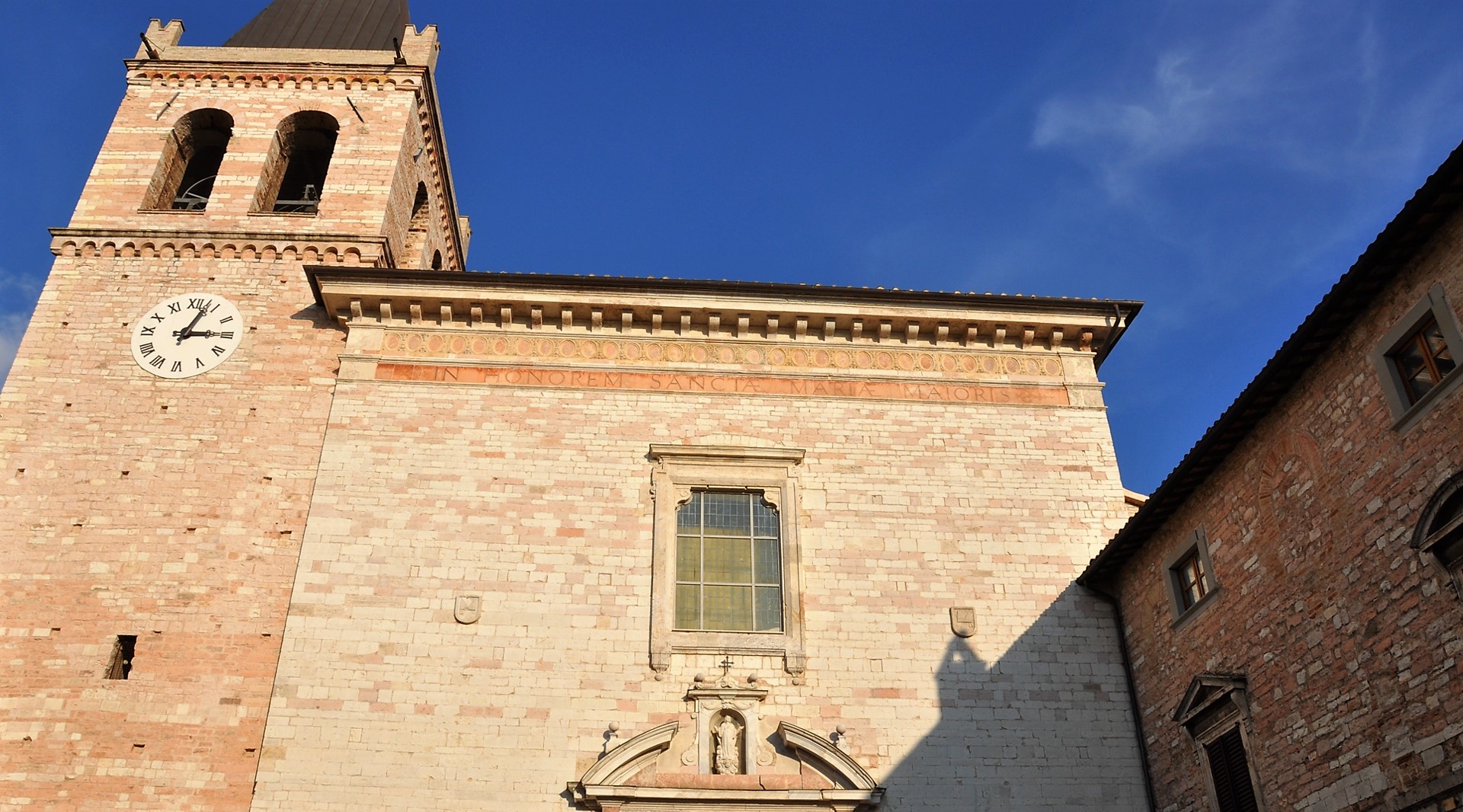


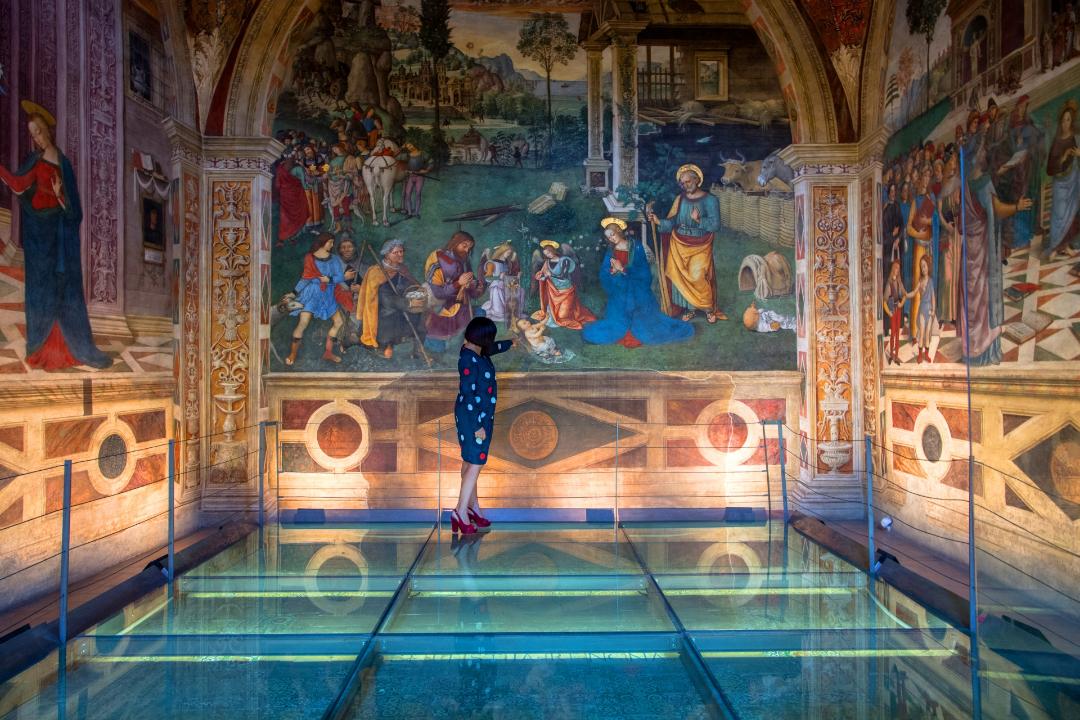
.png/dd38ef32-cc9c-bac7-1151-7e6096e0b3bd?width=780)

.jpg/2d621a55-451f-65a9-2a66-f67a6614f533?width=780)
